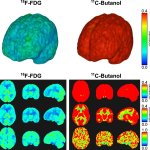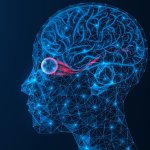
News • Ultrafast power doppler imaging
Monitoring brain blood flow during surgery to prevent stroke
A new method to monitor blood flow in the brain helps neurosurgeons detect the risk of a stroke during surgery – and potentially prevent it. This could also be useful for other types of operations.


























